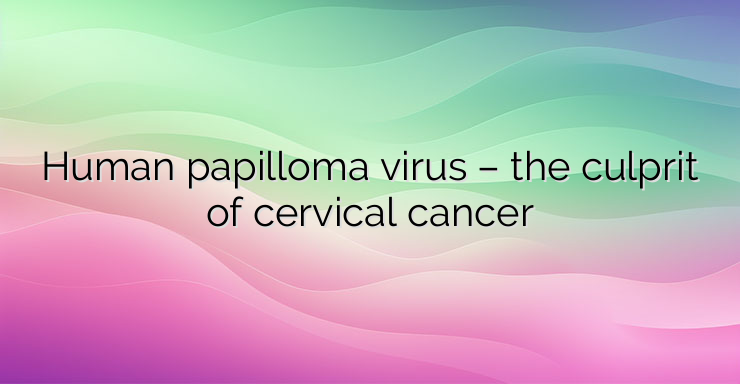Human papilloma viruses – HPV – are a group of very common viruses. In most people, they do not lead to serious problems or complications, but some types of human papillomavirus can cause the appearance of genital warts or cancer. Human papilloma virus affects the skin. There are more than 100 different species. How is human papillomavirus spread? The risk of HPV infection is very high, about 80% of women become infected during their sexual life. The infection is transmitted exclusively sexually. Using a condom reduces the risk, but does not eliminate it completely. Many types of papilloma viruses affect the oral cavity, throat or genital area. Their propagation is extremely easy. Infection with human papillomavirus can occur through: Any skin-to-skin contact in the genital area; Vaginal, anal or oral sex; Sharing sex toys HPV infection is most often transient, asymptomatic and does not cause clinical problems. In 80% of cases, the body copes with the infection within 1 year and in 90% within 2 years by means of its cell-mediated immune response. Despite the recovery, the primary infection with the virus does not proceed with the development of permanent immunity, i.e. the woman is not protected from re-infection. In about 20% of cases, however, the disease does not end with a spontaneous cure, but on the contrary – progresses stepwise and slowly from a low- to high-grade cervical lesion to cervical cancer. In untreated women, the time between infection and development of cervical cancer is usually between 10 and 20 years. A major risk factor for the disease is considered to be the number of sexual partners, especially in risky sexual behavior. Early sexual life, as well as a weakened immune system, smoking and poor intimate hygiene also increase the risk of infection. As for the risk factors for the persistence of the infection and the development of cervical cancer, they include: The type of HPV infection and the oncogenicity of the virus; The immune status of the patient. People with weakened immune systems (such as HIV patients) are more likely to develop persistent infection and more rapid progression to malignancy. Coinfection with other sexually transmitted agents such as those causing herpes simplex, chlamydia and gonorrhea. Parity (number of births) and young age at first birth. There are currently 3 vaccines that are qualified, all of which protect against both HPV 16 and HPV 18, which are known to cause at least 70% of cervical cancers. The third vaccine protects against five additional oncogenic HPV types, which cause another 20% of cervical cancers. The WHO considers the three vaccines to be equally protective against cervical cancer. Two of the vaccines also protect against HPV type 6 and type 11, which cause anogenital warts. Clinical trials have shown that HPV vaccines are very safe and very effective in preventing infections with papillomaviruses,high-grade precancerous lesions and invasive cancer. HPV vaccines work best if given before exposure to the virus. That is why the WHO recommends vaccinating girls between the ages of 9 and 14, when most have not started sexual activity. Vaccines cannot treat HPV infection or HPV-related disease such as cancer. Source: www.who.int


Leave a Reply